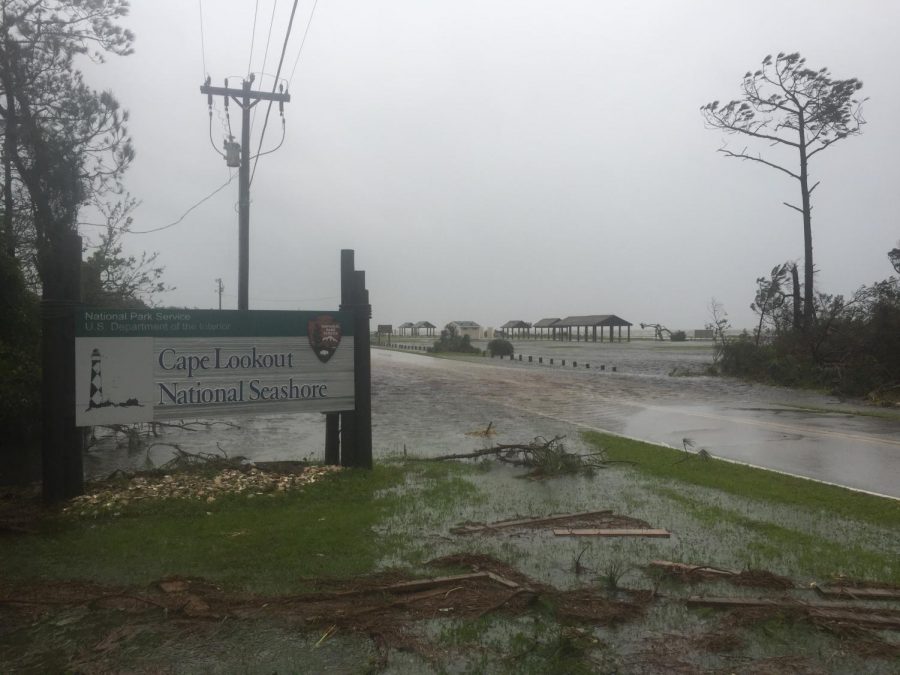Hurricane Florence: The Aftermath
October 18, 2018
Hurricane Florence was a powerful Cape Verde hurricane that devastated many families who live in the Carolinas, located in The United States. Florence formed August 31st and dissipated September 19th, 2018. The hurricane was considered a Category 4. The areas affected were faced with major destruction to homes, schools, bridges, roads, etc. Damages range from intense flooding to at least 20 deaths and despite the Hurricane’s end, water is still flooding the streets of the Carolinas.
Thousands of families lost their homes and remain homeless to this day. In New Bern, North Carolina, housing is in an even bigger crisis after the storm hit. Houses were already moldy and worn out and the storm only made matters worse. “When the flood came, it just showed you [the landlord] who wasn’t coming to repair anything or that the mold was already in the house … The storm just made it worse,” says Army veteran Paganda Howard, whose trailer home was destroyed by Florence.
Since the storm, at least five temporary shelter homes have shut down in Mecklenburg County. The area was declared a “disaster area,” which is why Mecklenburg County is not included with the 30 counties that were offered rental assistance and hotel rooms by The Federal Emergency Management Agency. According to NBC news, many residents are even refusing to live in shelters due to overcrowding and unsanitary conditions, despite having their homes destroyed.
Florence has caused destruction to not only homes, but to roads and bridges as well. In some areas of the Carolinas, currents of water have damaged bridges that have already been deteriorating, which means that there will be many bridges and roads that will be closed off until reparations are done. According to transportation officials, these roads and bridges will take months to be fully repaired.
In recent news, the amount for damage repairs from Hurricane Florence as of right now are estimated to be between $17 billion to $22 billion. However, the estimated cost has a good chance of increasing if the Carolinas continue to deal with intense rain and flooding. Florence is considered one of the top 10 costliest hurricanes, according to the financial service company, Moody’s Analytics.
The people affected by the hurricane have a long journey to recovery, which is why WITN and the Red Cross are reaching out to people who are willing to help those in need. Recently, WITN has become an official drop off location for donations that go to Florence victims. The type of items the Red Cross are looking for include bottled water, laundry detergent, dish soap, baby wipes, etc. The Red Cross is also accepting donations online on their website. Online donation amounts start at a minimum of $10 and can go as high as $1000. These donations will allow the Red Cross to tend to victims in their time of need.
If you’re someone who would like to make a donation, the Red Cross is accepting them here: https://www.redcross.org/donate/hurricane-florence-donations.html/












